Langsat (Lansium domesticum), a tropical fruit native to Southeast Asia, is cherished for its translucent flesh and sweet-sour flavor. Often overshadowed by its more globally popular relatives like lychee and rambutan, langsat has steadily found its niche in both local and international markets. As interest grows in exotic fruits and sustainable tropical agriculture, langsat production is gaining momentum, especially in its native regions.
In this article, we’ll explore the countries that dominate langsat cultivation, the reasons behind their success, and the potential global outlook for this unique fruit.
Understanding Langsat: The Tropical Gem
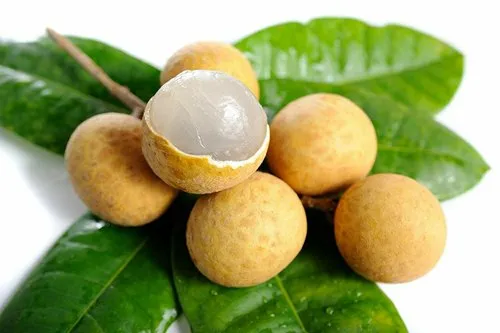
Before diving into the top producers, it’s essential to understand the nature of langsat:
- Botanical name: Lansium domesticum
- Common names: Langsat, lanzones (in the Philippines), duku (a closely related variety), longkong
- Climate: Thrives in humid, tropical climates with ample rainfall
- Harvest season: Varies by country but generally peaks between June and September
- Uses: Consumed fresh, made into syrups or jams, and sometimes used in traditional medicine
Langsat trees take several years to mature and bear fruit, but once established, they can produce high yields for decades with proper care.
1. Indonesia – The Undisputed Langsat Leader
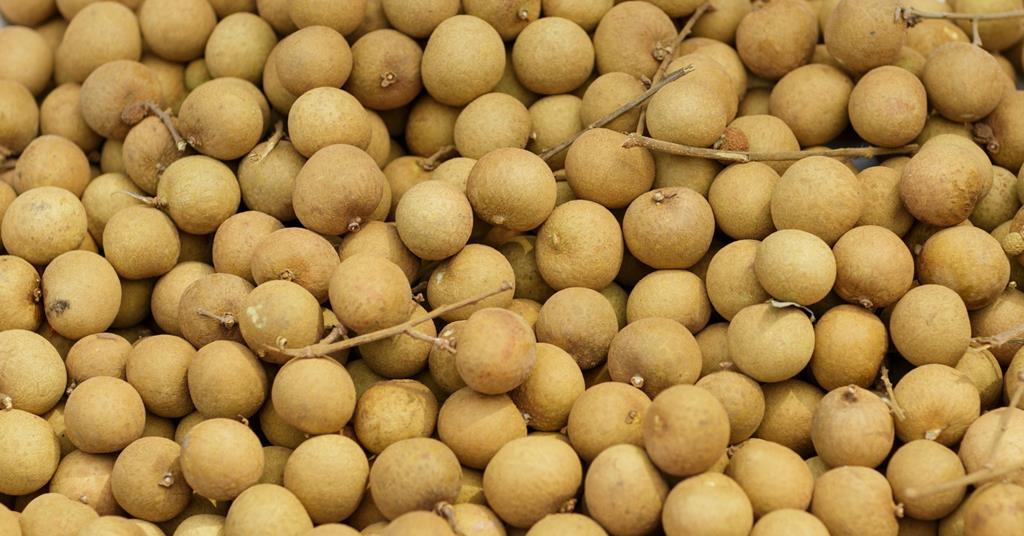
Indonesia is considered the largest producer of langsat globally. The fruit is grown abundantly across the islands of Sumatra, Kalimantan (Borneo), and Java.
Why Indonesia Leads:
- Ideal climate: The hot, humid conditions are perfect for langsat trees.
- Traditional cultivation knowledge: Farmers have passed down cultivation techniques for generations.
- Widespread consumption: Langsat is a staple in Indonesian markets and households.
- Varietal diversity: Indonesia is home to different types like the duku and longkong, which are variations with slight differences in sweetness and skin texture.
Annual Production Estimate:
- Approximately 300,000 to 400,000 metric tons of langsat are produced annually.
- Much of this is consumed domestically, with small quantities exported to neighboring countries.
2. Thailand – Champion of Longkong Cultivation
Thailand is another major producer, particularly known for the “longkong” variety, a langsat cultivar that is sweeter, larger, and easier to peel.
Notable Growing Regions:
- Southern provinces like Narathiwat, Yala, and Pattani are renowned for longkong orchards.
- The Thai government has actively promoted langsat farming as part of fruit diversification programs.
Why Thailand Excels:
- Commercial-scale farming: Thailand has advanced langsat farming into a well-organized, semi-industrial practice.
- Export strength: Thai longkong is in demand in Malaysia, Singapore, and even some Middle Eastern countries.
- Quality standards: Farmers adhere to GAP (Good Agricultural Practices) standards, enhancing international market appeal.
Annual Production:
- Estimated at over 200,000 metric tons.
- A significant portion is exported fresh or used in processed fruit products.
3. The Philippines – Home of the Lanzones Festival
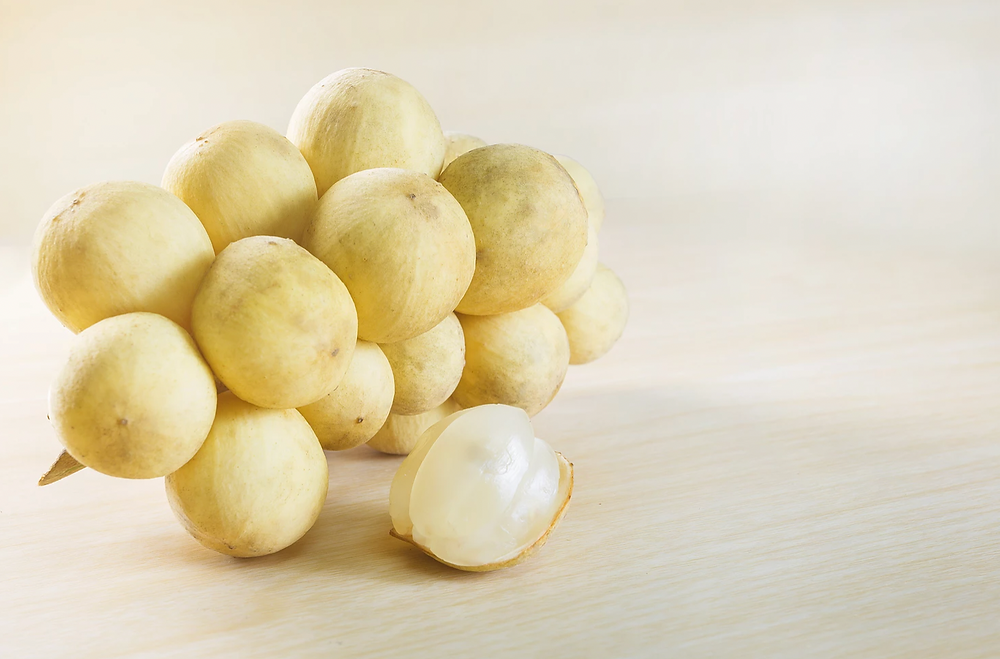
Langsat is locally known as “lanzones” in the Philippines and is deeply embedded in the country’s agricultural and cultural identity.
Famous Region:
- Camiguin Island is the most iconic langsat-growing area, celebrated for its sweet lanzones.
- The annual Lanzones Festival held in October honors the harvest and promotes tourism.
Advantages:
- Fertile volcanic soil in regions like Camiguin and Laguna boosts flavor and yield.
- Government support for high-value crop farming encourages langsat expansion.
Challenges:
- Some growers face logistical difficulties due to the archipelagic geography.
- Most production is for domestic consumption, limiting export potential.
Output:
- Estimated at 150,000 to 180,000 metric tons annually.
4. Malaysia – A Key Southeast Asian Player
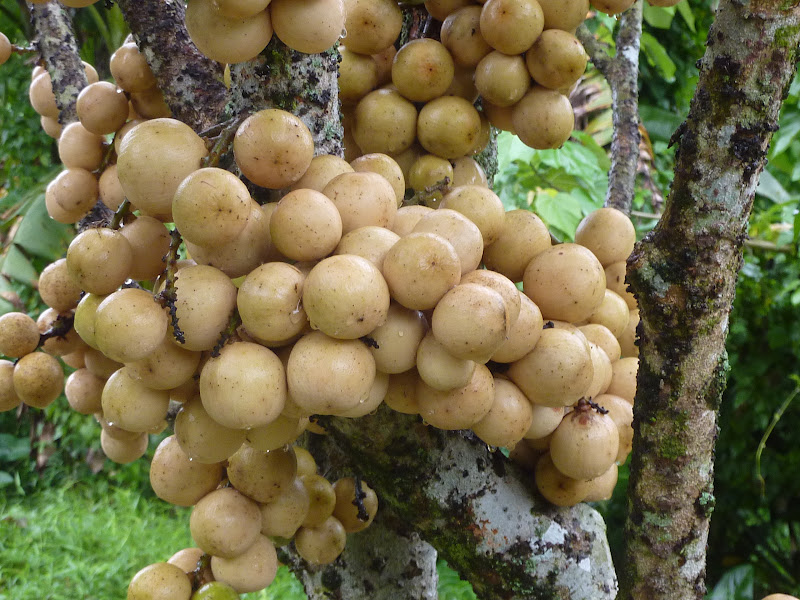
Langsat farming is widespread in Peninsular Malaysia, particularly in the states of Johor, Pahang, and Kelantan.
Highlights:
- Popular among locals: Langsat is a common fruit sold in Malaysian wet markets during peak season.
- Agrotourism: Langsat farms sometimes double as tourist destinations during harvest time.
- Varietal popularity: Both duku and langsat are cultivated, with duku being the preferred export variety due to its thicker peel and longer shelf life.
Production Estimate:
- Ranges between 100,000 to 130,000 metric tons annually.
- Moderate export levels, mostly within ASEAN.
5. Vietnam – Growing Fast in Southern Regions
While not as dominant as its neighbors, Vietnam is making significant strides in langsat production, particularly in southern provinces like Ben Tre and Vinh Long.
Factors Driving Growth:
- Government diversification initiatives: Focused on reducing dependency on rice and rubber by encouraging fruit cultivation.
- Rising domestic demand: Langsat is gaining popularity among Vietnamese consumers for its flavor and health benefits.
Estimated Production:
- Between 60,000 to 80,000 metric tons yearly.
- Potential for increased export in the near future.
Other Notable Mentions
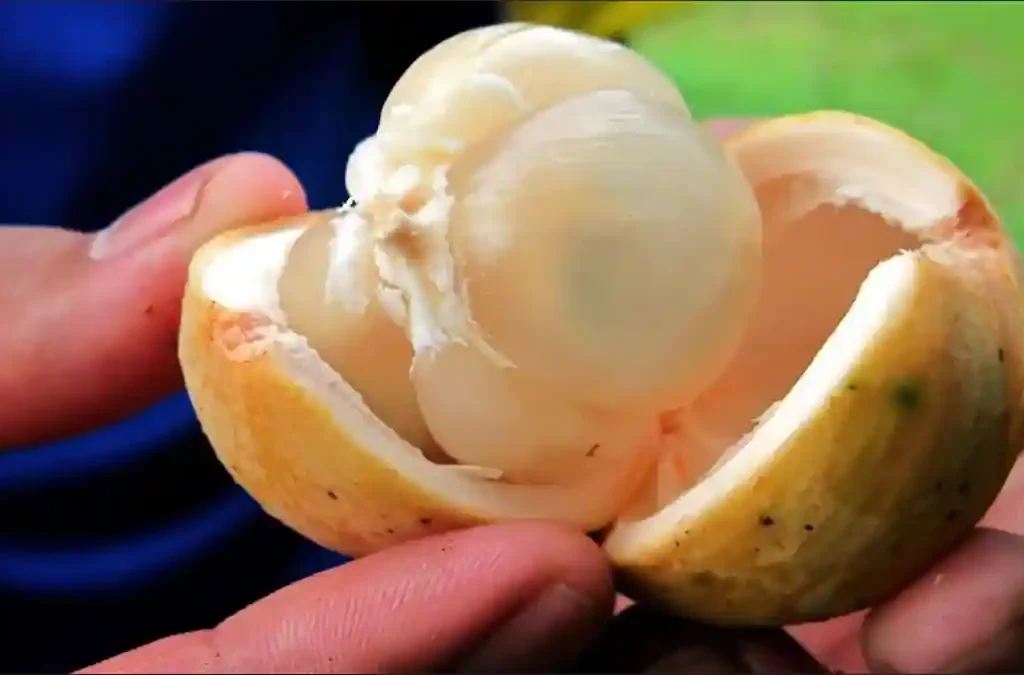
Sri Lanka and India:
- Small-scale langsat cultivation occurs in southern India (Kerala, Tamil Nadu) and Sri Lanka.
- Still considered niche crops, but with suitable climates for expansion.
Papua New Guinea:
- Langsat grows well in the highlands but remains primarily a subsistence crop.
Global Langsat Export and Trade Overview
Despite its popularity in Southeast Asia, langsat has limited global export penetration due to:
- Short shelf life
- Delicate skin prone to damage during transport
- Strict phytosanitary requirements in Western markets
However, fresh langsat and frozen or preserved products are exported to:
- Singapore
- Hong Kong
- United Arab Emirates
- United States (limited, specialty stores)
With advancements in cold chain logistics, vacuum packaging, and freeze-drying, langsat has potential for higher export volumes in the future.
Outlook and Challenges
Opportunities:
- Growing demand for exotic fruits
- Rising health awareness: Langsat is rich in fiber, antioxidants, and vitamin C
- Potential for value-added products like jams, candies, and dried langsat snacks
Challenges:
- Post-harvest losses: High perishability limits transport options
- Lack of global awareness: Still relatively unknown outside Southeast Asia
- Market access issues: Tariffs, import regulations, and quality standards pose barriers
Conclusion
Langsat may not be the world’s most famous fruit, but it certainly commands respect across Southeast Asia. Indonesia, Thailand, the Philippines, Malaysia, and Vietnam are the undisputed leaders in langsat production, each with unique strengths and growing conditions. As the fruit slowly gains recognition in global markets, strategic investments in storage, processing, and marketing could help these countries unlock even greater economic potential from this tropical delicacy.
Langsat’s future lies not just in increasing quantity, but also in expanding quality and global reach—making it a fruit to watch in the evolving landscape of tropical agriculture.
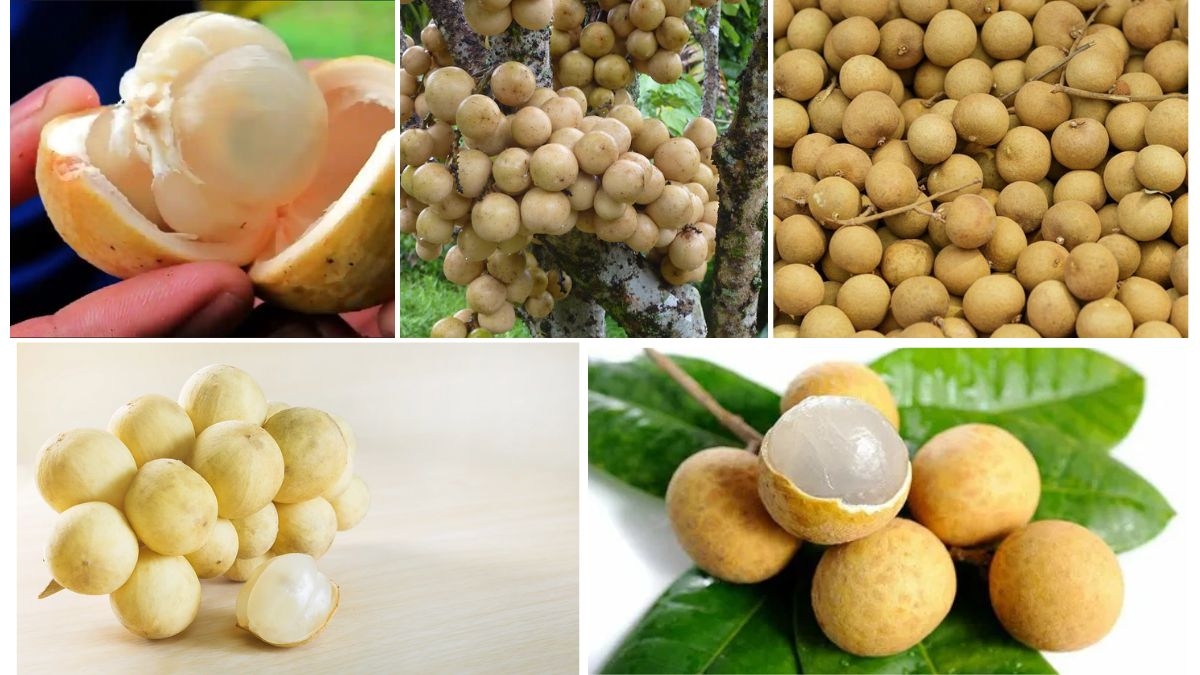
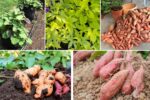
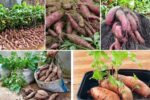


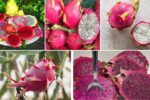
Leave A Comment